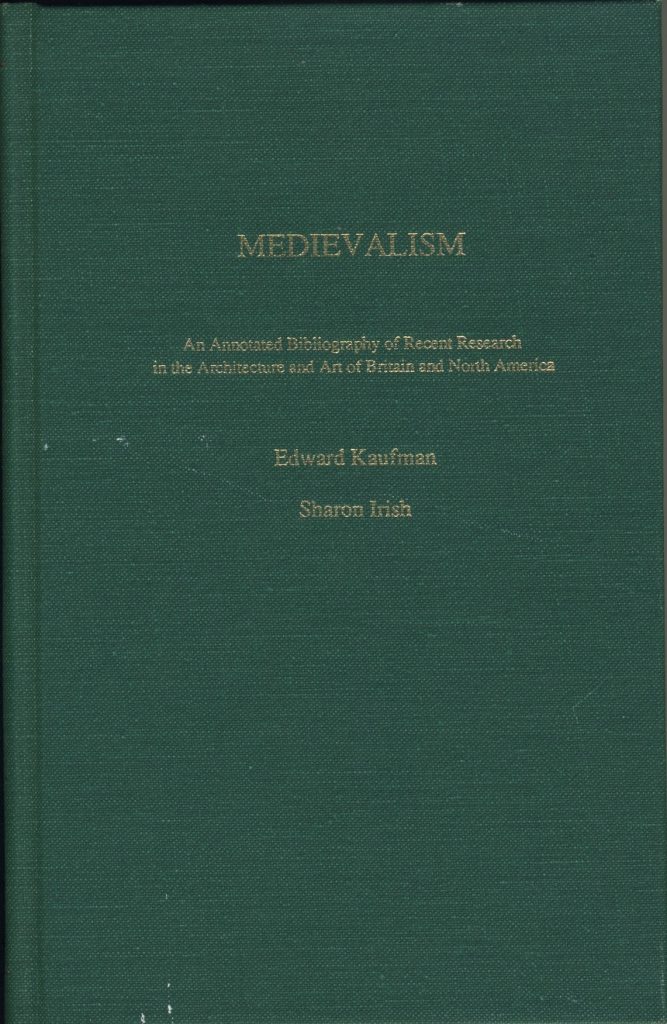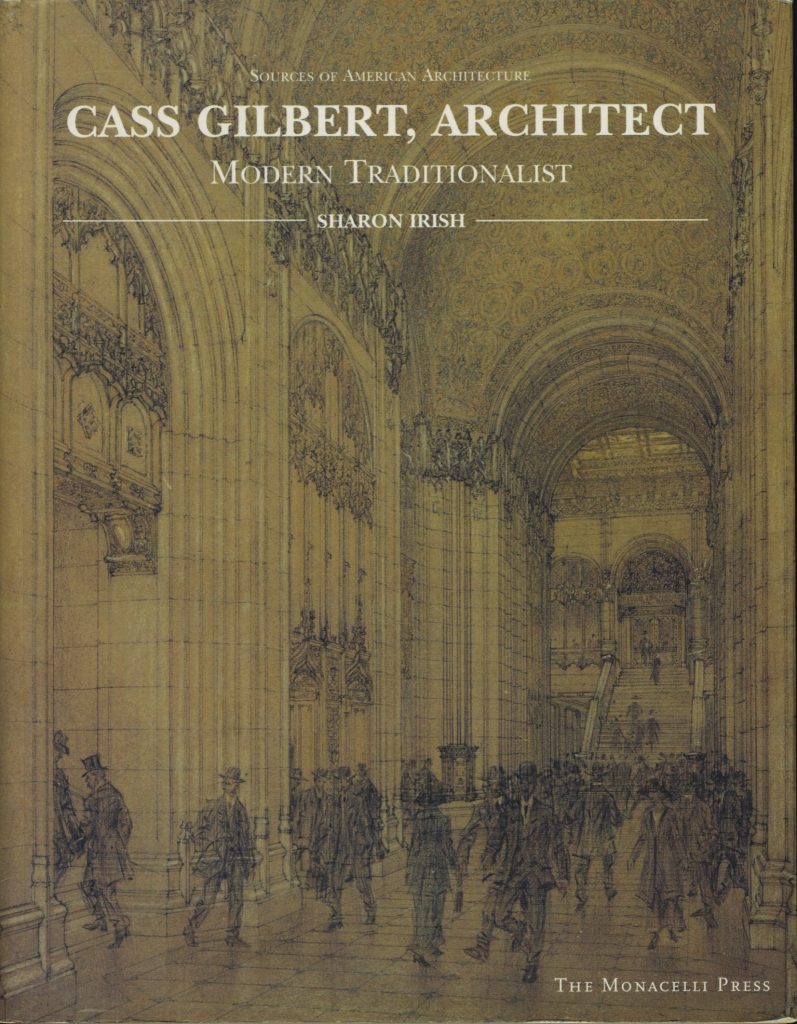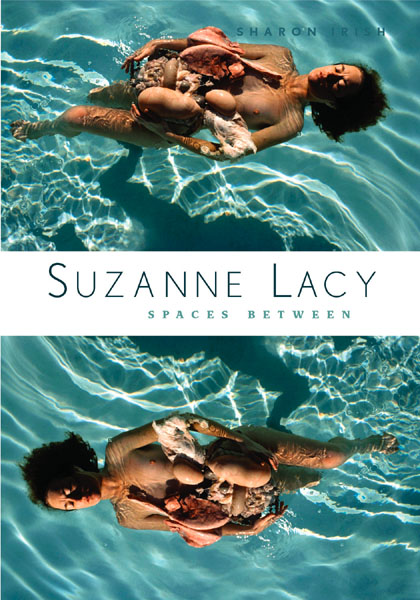I have always used writing to try and figure out what I think. Clear writing usually follows from clear thinking; I find it very hard to think clearly, so I write drafts and drafts and drafts and drafts and more drafts. I used to write on legal pads and use scissors, tape, and/or staples to rearrange the text. Now, with word processing, I write many more drafts, though not necessarily better drafts! I have published traditional books and articles in scholarly journals; I’m increasingly interested in multi-media expressions, like video and interactive formats.



FemTechNet, an international collective of feminists interested in the intersections of gender, science and technology, has prompted me to explore many alternatives to traditional publishing, such as video dialogues, Twitter threads, Scalar multi-media publications, and online discussions.
In 2013, scholar Dorothy Roberts visited the University of Illinois campus and, together with Professor Karen Flynn, we recorded a dialogue entitled Bodies, which took off from Professor Roberts’ ground-breaking books on racialized bodies.

